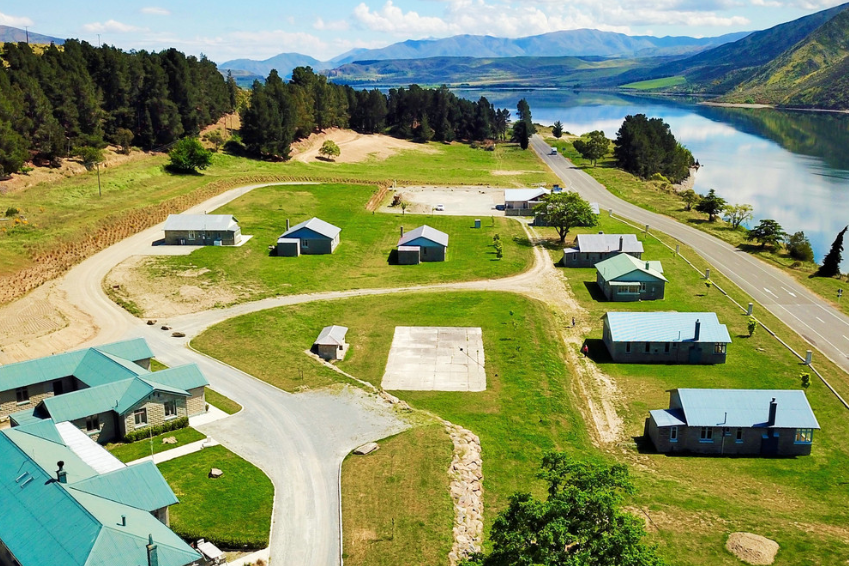New Zealand village on sale for £1.4m after being abandoned three decades ago
Lake Waitaki has struggled to survive in the face of urbanisation

Your support helps us to tell the story
From reproductive rights to climate change to Big Tech, The Independent is on the ground when the story is developing. Whether it's investigating the financials of Elon Musk's pro-Trump PAC or producing our latest documentary, 'The A Word', which shines a light on the American women fighting for reproductive rights, we know how important it is to parse out the facts from the messaging.
At such a critical moment in US history, we need reporters on the ground. Your donation allows us to keep sending journalists to speak to both sides of the story.
The Independent is trusted by Americans across the entire political spectrum. And unlike many other quality news outlets, we choose not to lock Americans out of our reporting and analysis with paywalls. We believe quality journalism should be available to everyone, paid for by those who can afford it.
Your support makes all the difference.In London it might get you a flat in Chelsea, but in New Zealand £1.4m can buy an entire village.
Located on the South Island, Lake Waitaki village is up for sale, with its eight three-bed homes, 14 hectares of land, a restaurant, lodge and garages all included; the new owner will also get water rights.
The village sprang up to accommodate dam workers in the 1930s but has been largely abandoned since 1989, when the dam system was automated, eliminating tens of jobs.
It was sold to a private buyer by the state in the Nineties and has had several owners over the years.
One Agency estate agent Kelli Milmine told The Guardian there had been “heaps” of interest in the listing, including from potential buyers keen to turn the village into a commune to house extended family, a holiday resort or a winery.
The village is surrounded by mountains and the area’s tourism potential is only recently starting to be realised with the opening of the Alps to Ocean (A2O) cycle trail, “bringing many new visitors to the region,” according to One Agency.
Chinese nationals have also made enquiries, but a recent ban on foreign buyers means they cannot purchase residential properties that Kiwis could otherwise buy and live in themselves.
However, the price tag is currently putting off domestic buyers, according to Milmine – they’d prefer to pay in the region of NZ$1m (£513,000).

Waitaki is just one of many small New Zealand villages that are struggling in the face of urbanisation. There’s been an increasing trend of people moving from rural communities to cities in order to find work.
The New Zealand government is attempting to tackle the problem by ploughing NZ$1bn (£512m) a year into the regional development fund, which is aimed at rejuvenating areas outside of the cities and making them desirable places to live and work.
It’s not the only time countries have had to get creative to make abandoned areas more attractive prospects.
The Italian village of Ollolai in the Barbagia region of Sardinia ran an initiative from 2015 to 2018 to attract more residents after the local population had dwindled to 1,300, with few babies born each year.
The scheme, introduced by local mayor Efisio Arbau, saw houses sold for just €1 – although there were strings attached.
The houses themselves were in varying states of disrepair and in need of serious work, and only those with around €20,000 to €30,000 to make them inhabitable were considered. The scheme stipulated that participants must commit to refurbish the property within three years of purchase, and could only sell it on after five years.
Join our commenting forum
Join thought-provoking conversations, follow other Independent readers and see their replies
Comments